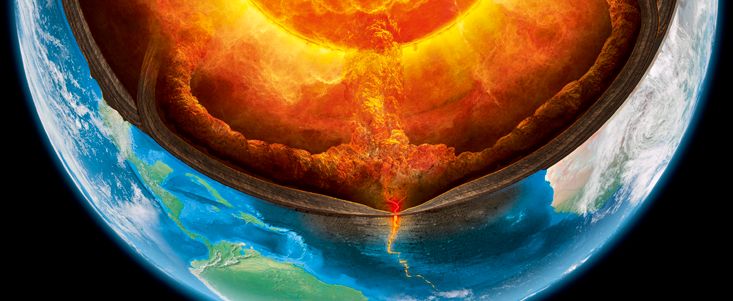
Japanese scientists want to dig a hole in the oceanic crust to reach the Earth's mantle, located about ten kilometers under our feet. A company that will teach us a lot but requires some preparation.
The race for conquest of space, the fascination for Mars or even Saturn have somewhat forgotten the planet Earth and these many mysteries. Yet, on this dear blue planet, many things remain to be discovered. Among these, a big question remains unanswered: what is in the center of the Earth?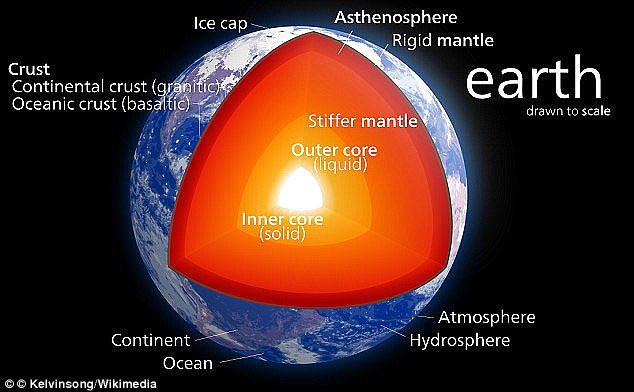
To get closer and better understand what lies beneath our feet, a team of scientists is preparing to dig a hole that will reach the Earth's mantle. This is the layer beneath the oceanic and terrestrial crusts - those immediately beneath our feet - of our beautiful planet. The experiment, a first in the world of geology, was initiated by the Japan Agency for Marine and Terrestrial Science and Technology (JAMSTEC) and will bring together Japanese, American and European scientists.
Understand the history and the functioning of the Earth
Analyzing Earth's mantle rock, which makes up 80% of our planet's volume, can greatly enrich our understanding of the Earth and its movements. One point on which Japan feels particularly concerned: "In Japan, we have volcanoes, earthquakes and other natural phenomena," says Natsue Abe from JAMSTEC to CNN. "People want surveillance and analysis equipment, but it's hard to know what kind of factor to be based on." We need to observe the Earth more precisely.
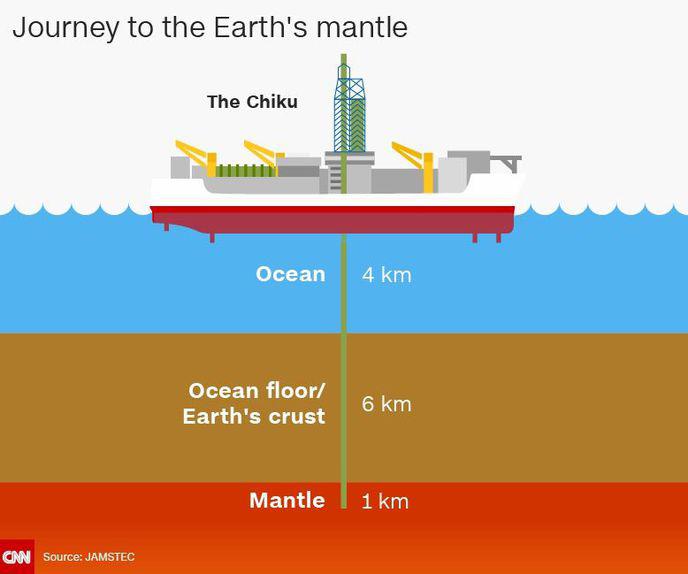
This is not the first time scientists have tried to drill to the Earth's mantle for answers. It is the Russians who hold the "record" of drilling with the Kola Superdeep Borehole, a 12,261-meter-deep hole dug between 1970 and 1994 on the Kola Peninsula.
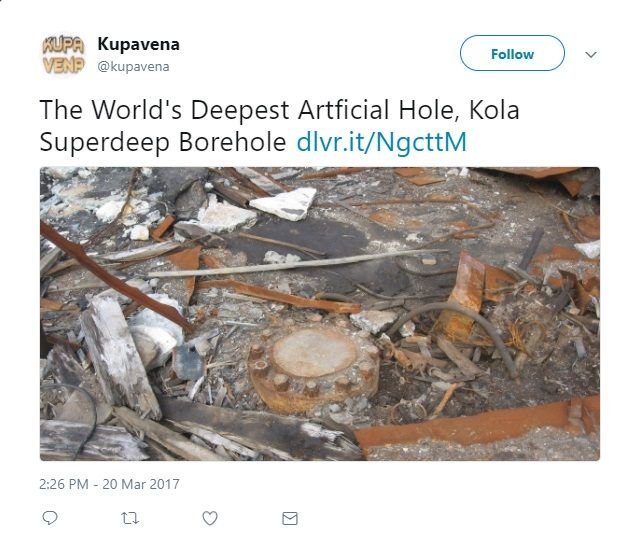
But this hole, as impressive as it was, had failed to reach the Earth's mantle. The drilling had stopped a few kilometers, still in the earth's crust - which is the layer directly under our feet.
Drilling, several objectives
"We do not yet know the exact composition of the coat," says Natsue Abe. "We've only seen a few tips - the rock is very beautiful, a yellow pulling a bit on the green."
The ambition of this project does not stop with the Earth's mantle. In addition to the knowledge of this inner layer of the Earth, this drilling has three other purposes.
"Where does life stop on Earth?"
First, to better understand the boundary between the oceanic crust and the Earth's mantle. Then, understand the composition and formation of the oceanic crust itself. "We have already dug and taken some samples of the ocean floor, but only on its surface," recalls Natsue Abe. The coat is not the only star of this company.
Finally, scientists want to know how deep the Earth can observe a microbial life. "What is the limit, where does life on Earth end?", Summarizes the JAMSTEC geologist.
Go through the ocean, it's easier to dig
To succeed, JAMSTEC adopted a different strategy from the first Russian project. In order to reach the Earth's mantle faster, the drilling will go through the oceanic crust, which is thinner than the earth's crust: it is 6 kilometers thick when the earth's crust is about ten kilometers thick.
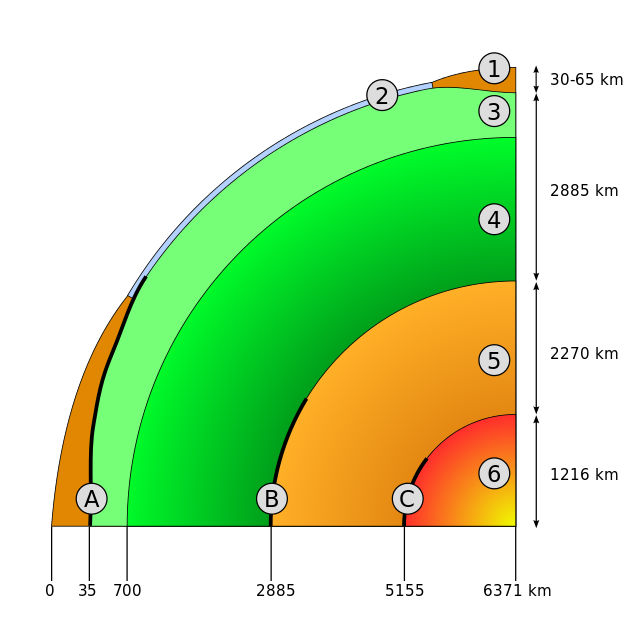
To do this, three sites are currently "candidates" for drilling: the waters off the islands of Hawaii, those of Costa Rica and those off Mexico. But Hawaii is currently the favorite: the temperature is slightly lower, facilitating the work of drilling. In any case, it will take about 4 kilometers of water before reaching the bottom of the ocean.
If Hawaii is the chosen venue, a first team will spend two weeks in September 2017, on the deepwater research vessel Kairei, to study the thickness and temperature of the oceanic crust through sound waves. All this to find the best place for future drilling.
A big boat for a big envelope
If all goes well, the drilling itself will begin in the 2020s. By the year before 2030, says the Japanese agency. It is thanks to the Chikyu drill ship that it will be made. A star: "It's the biggest rig in this area," Natsue Abe told CNN. "Its drilling capacity is three times longer and deeper than previous boats."
(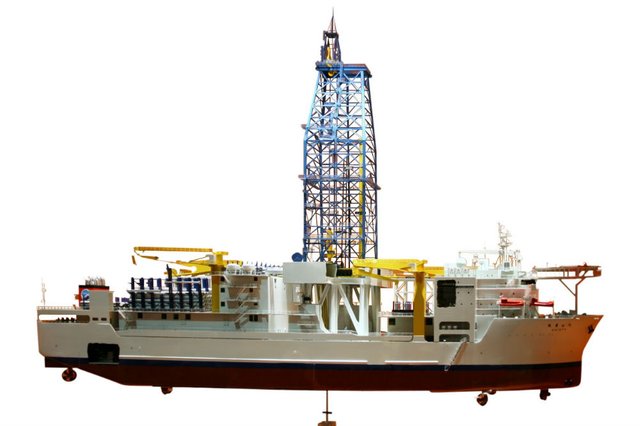 )
)
For all this beautiful project, a miraculous envelope: 60 billion yen (515 million euros). But if the Japanese government has promised its financial participation, other institutions or governments will have to put their hands in their pockets. "There are some problems to be solved, especially with regard to cost," says Susumu Umino, a professor at Kanazawa University, at the Japanese media The Yomiuri Shimbun. "That said, just the preliminary study will be a big step forward to move this project forward to the next stage."
The results of these two weeks of research, next September, may eventually convince public and private investors to carry out this project. The game is clearly worth the effort.
And in accomplishing the drilling objective, has anybody given the thought that once the Earth's mantle is breached, the Earth could bleed to death! Open up the faucet and out comes everything. Sure it's not that simplistic, but it is complex and interesting. I say go for it!
Downvoting a post can decrease pending rewards and make it less visible. Common reasons:
Submit
Interesting, but is it realistic?
Downvoting a post can decrease pending rewards and make it less visible. Common reasons:
Submit